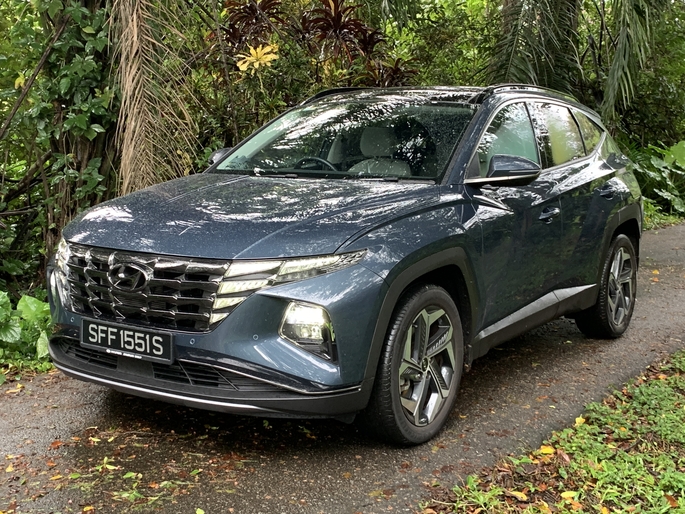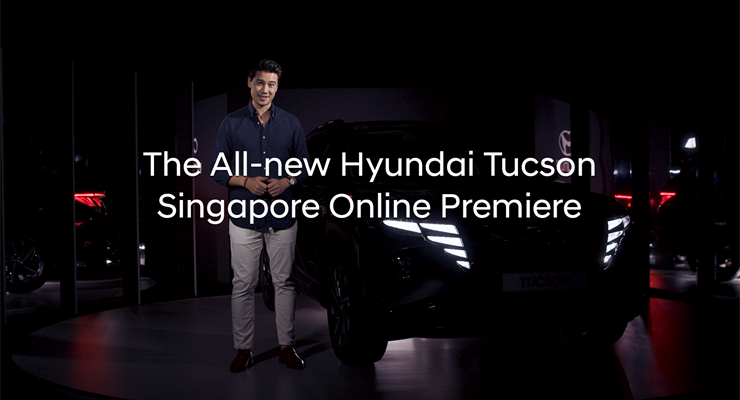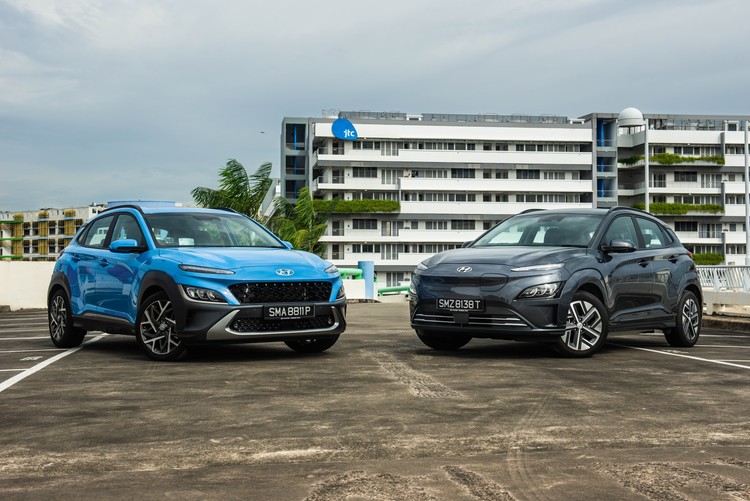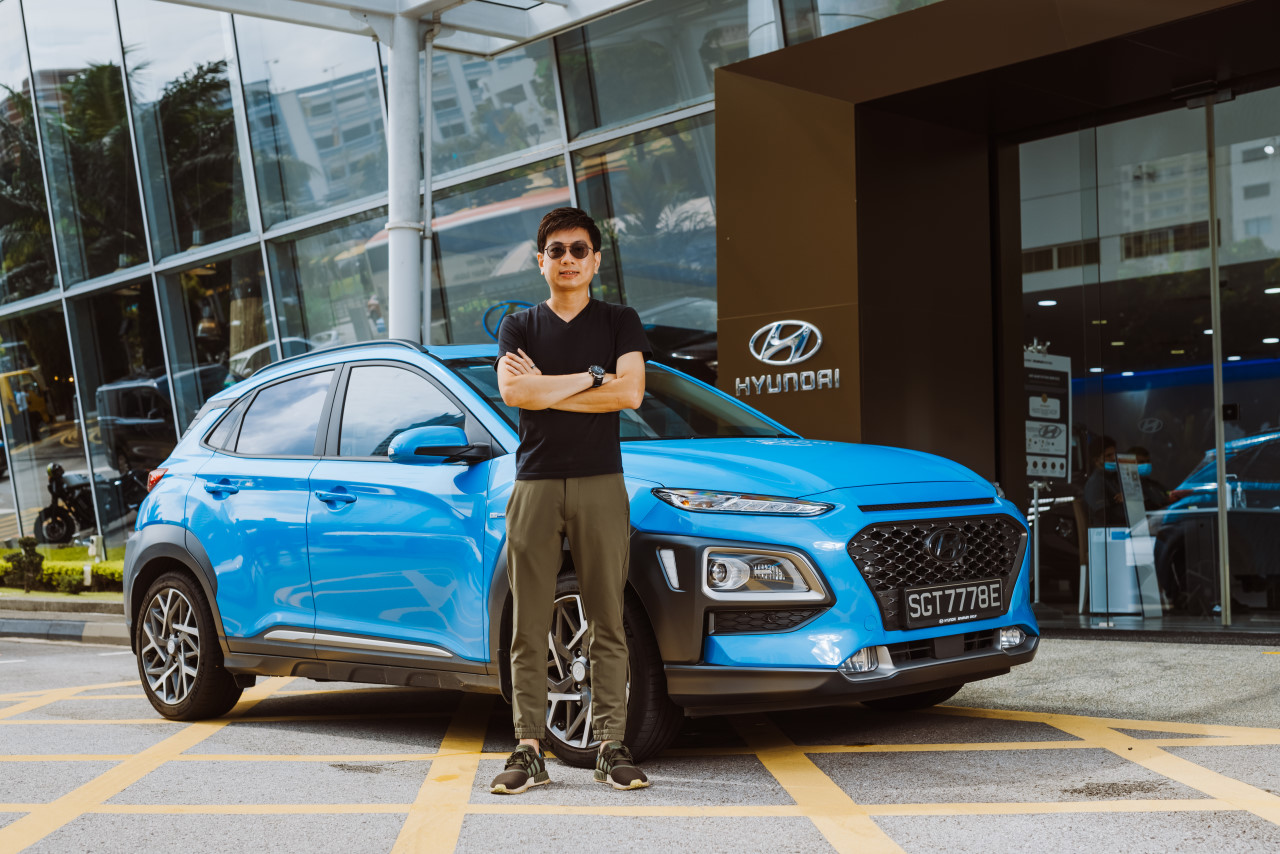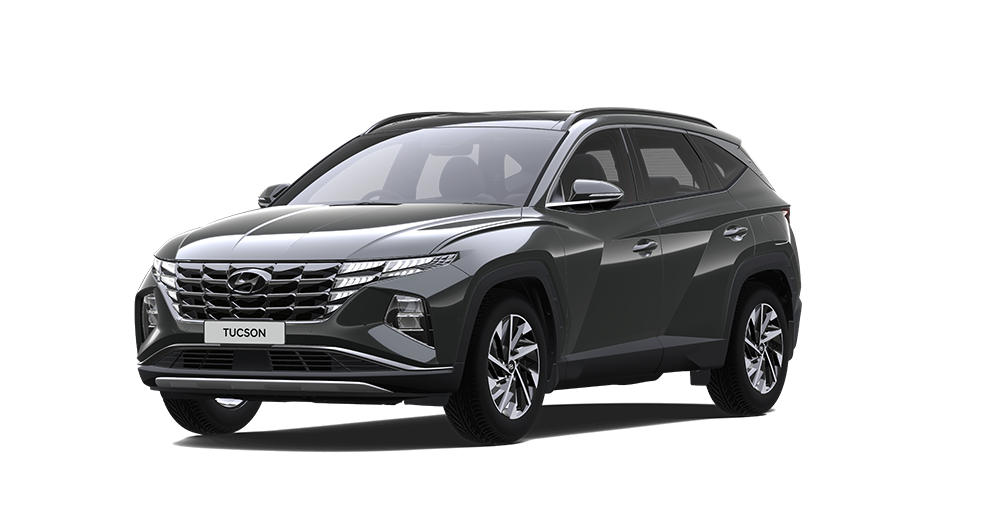What it is
A long time ago, when cars had carbs (carburettors, not carbohydrates) and new wave had nothing to do with surfing, BMW models were once known as different cuts of the same sausage, available in small, medium and large.
That wry observation was made because of the German brand’s design language then but why bring up an old story? Because of two of Hyundai’s latest hybrid SUVs – the Tucson and Santa Fe.
But in Hyundai’s case, it’s obvious the two cars don’t look anything like each other. In fact, the Tucson debuts the Korean carmaker’s latest design language and is distinctively different from the bigger Santa Fe. Under all that sculpted sheet metal, however, they are strikingly similar hybrid models you can buy in a medium or large size.
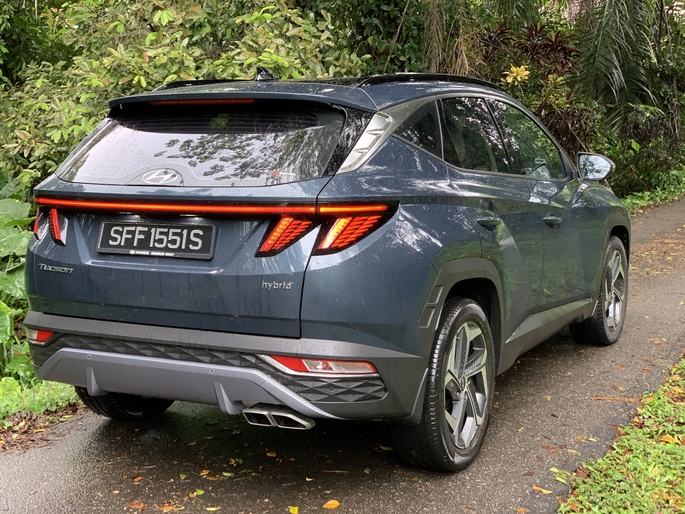
What it looks like
The Hyundai Tucson Hybrid may be categorised as a compact SUV but it is hardly dinky. At 4,500 mm and 1,865 mm in overall length and width respectively, this 1,650 mm tall model that weighs 1,685 kg has a very roomy cabin, thanks to its 2,680mm wheelbase and generous headroom.
This petrol-electric version of the Tucson has slightly different dimensions from the petrol-powered Tucson 1.6T-GDi, which has a longer 2,755 mm wheelbase, or an additional 75mm, for an overall length of 4,630 mm.
But on the outside, both Tucsons express Hyundai’s latest Sensuous Sportiness design identity, with a striking parametric grille that is markedly different from the larger Santa Fe’s bling bling diamond-patterned grille.
For a Hyundai, the Tucson’s new look is exciting. Look at the front end closely for a clever touch – the Tucson has “hidden” headlamps that have been seamlessly integrated into the grille design.
At the back, there are also parametric tail lights and two radical features – the Hyundai emblem on the glass of the rear window instead of on the tailgate’s metal frame, and the rear wiper concealed under the roof spoiler.
Inside, there are even more surprises, with the traditional gear lever replaced by push buttons on the new centre console. Even more radical is the hoodless digital instrument cluster on the driver-centric dashboard that flows smoothly into the interior door panels.
The instrument panel offers the familiar multitude of full-colour displays for all the driver assistance information that Hyundai has packed into its contemporary models. Oh, and the slim multi-air events also whisper with a subtle breeze instead of blowing a typhoon into your face.

What it has
As expected, the Hyundai Tucson Hybrid comes with a whole slew of standard equipment that include:
- • New 1.6-litre turbocharged petrol-electric drivetrain to power the front wheels
- • Latest Hyundai design language with 3D parametric-style grille with hidden headlamps
- • Parametric tail lights with glass-type Hyundai emblem and concealed rear wiper
- • Cabin with new centre console featuring shift buttons and under-console parcel shelf
- • 25-inch LCD instrument panel without hood
- • Full-touch 8-inch infotainment centre screen
- • Multi-air vents for soft and diffused air-conditioning
- • Slide/rake controls on the front passenger electric seat for rear passenger
What it does
It may be smaller in size than the seven-seat Santa Fe Hybrid but the Tucson Hybrid has the same petrol-electric powertrain.
And because it is smaller and lighter, the Tucson Hybrid feels more enthusiastic. Floor the accelerator and the response is almost instantaneous. The full parallel hybrid’s 1.6-litre turbocharged petrol engine works with the electric motor to deliver a total system output of 230 hp and 265 Nm.
When taking off from a standing start, the engine’s 180 hp gets a 59 hp electric boost that not only provides extra oomph but also smoother acceleration.
Mated to a six-speed automatic transmission with steering wheel-mounted shift paddles, the Tucson delivers suitably sporty performance for a relatively large car.
Even more impressive is its elasticity – the Tucson Hybrid has excellent in-gear acceleration that surprises with its effortless overtaking.
All this for what Hyundai claims is petrol consumption of just 4.8 litres per 100 km, or an amazing 20.8 km/l.
The Tucson 1.6T-GDi, on the other hand, with just the 1.6-litre petrol engine uses a seven-speed dual clutch transmission. It has 180 hp on tap but the same amount of torque – 265 Nm – with zero to 100 kmh requiring 8.8 seconds to accomplish compared to the Hybrid’s 8.0 seconds.
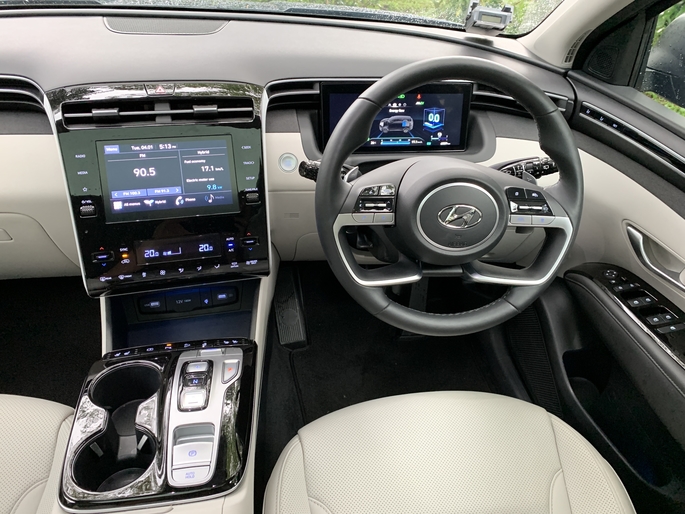
What it costs
As with other Hyundais, the Tucson Hybrid comes with all the bells and whistles in the safety equipment department, and its SmartSense suite of driver assistance features include:
- • Smart Cruise Control with Stop and Go
- • Lane Keeping Assist with Lane Following Assist that automatically corrects steering to keep the car in lane
- • Rear Cross-Traffic Collision-Avoidance Assist to stop the car if there is a collision risk when reversing
- • Forward Collision-Avoidance Assist that provides emergency braking and when turning at a junction
As a near-premium model that only sips high-priced fuel, this is a very tempting Tucson.
Hyundai Tucson Hybrid
Engine – 1,598 cc inline-4 turbocharged
Electric motor – 44.2 kW
Li-ion battery – 1.49 kWh
Total system output – 230 hp @ 5,500 rpm
Torque – 265 Nm @ 1,500-4,500 rpm
Gearbox – 6-speed automatic transmission
0-100 kmh – 8.0 secs
Top speed – 193 kmh
Explore the all-new Hyundai TUCSON Hybrid (also available in petrol)
